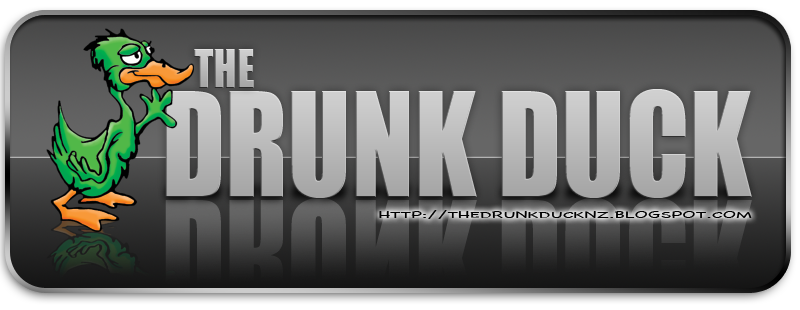The Nose
Whisky tasting is done principally with the nose - a far more acute organ than the tongue, although the two interrelate as the sample is swallowed.While there are only four primary tastes, there are 32 primary smells. These are aromatic volatiles, which are detected by a small fleshy bulb called the Olfactory Epithelium, located at the back of our noses and having a direct link to the brain.
The Tongue
As well as registering the primary tastes, the tongue also detects what is termed 'mouthfeel' - the viscosity, texture and smoothness of the fluid we are swallowing - and 'pungency' (which is essentially an evaluation of pain - from irritation to unbearable - and is also picked up by the nose). In whisky tasting, pungency is particularly apparent in very strong spirit, which may sting your nose and tongue and induce numbness (temporary anaesthesia). So you have to be careful when nosing whisky at full strength - i.e. as it comes from the cask.
Flavor
Is a combination of three factors: smell, taste and feeling.
Our noses detect scents - nuances of flavour from volatile aromatics - and pass this information direct to our brains. Our sense of the smells that surround us are recorded unconsciously, yet smells probably trigger memories more effectively than sounds or sights: they are the most evocative of experiences. With a little practice you can soon learn to break smells down and identify their constituent parts. Putting names to them is more difficult, and will be explored later in this section.
Primary tastes are registered by little sensory receptors on our tongues and palates. These are broadly arranged so that sweet flavours are picked up on the tip of the tongue, sour and salt flavours by the sides and middle and bitter flavours at the back. The time it takes to stimulate the different areas of the tongue varies, with the bitter receptors taking the longest, so it is important when tasting to hold the liquid in the mouth and to make sure it coats the tongue thoroughly.

